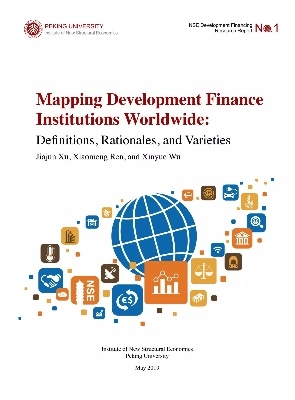Database Reports
NSE Development Financing Research Report No. 1

ABSTRACT VIEWS:
The report begins with the recent renaissance of DFIs worldwide and elaborates on the reasons why we need DFIs. It is the first time to give the definition and identification methods of DFIs, and provide a panoramic description of current DFIs worldwide. An institution is qualified as a DFI, if it (a) is a legally independent and self-sustaining financial institution, (b) pursues public policy objectives, and (c) enjoys government support. The study finds that DFIs are mainly at the national level, and most of them take the general development as their official mission. Interestingly, the report discovers that national DFIs have divergent sectoral focus at different development stages, with high-income countries focusing on trade and middle-income countries focusing on infrastructure. Last but not least, it reveals that the number of development finance institutions presents an inverted U-shaped across different stages of development – on average middle-income countries have more DFIs than low-income and high-income countries.
In order to ensure the comprehensiveness of the database, more than 50 research assistants proficient in English, French, Arabic, Spanish, Portuguese and other languages have joined the project for the past two years. This has effectively overcome the language barriers, making the birth of this report feasible. In addition, the report has benefited a lot from constructive peer reviews from a number of international development finance practitioners and experts.
Title: Mapping Development Finance Institutions Worldwide: Definitions, Rationales and Varieties
Authors: Jiajun Xu, Xiaomeng Ren, Xinyue Wu
Launched: May 2019
Citation: Xu, Jiajun, Xiaomeng Ren, and Xinyue Wu. 2019. “Mapping Development Finance Institutions Worldwide: Definitions, Rationales and Varieties.” New Structural Development Financing Research Report No. 1.

